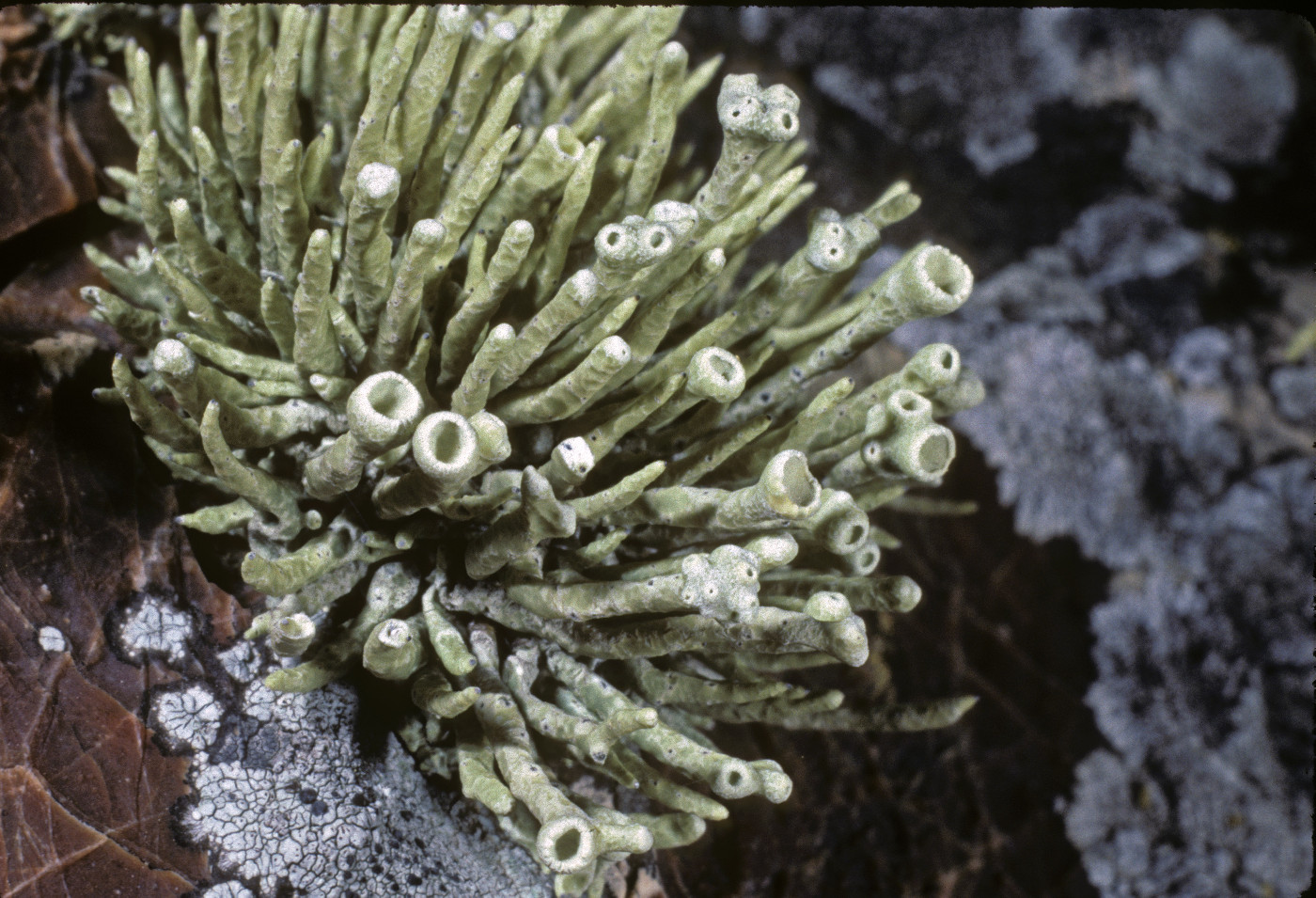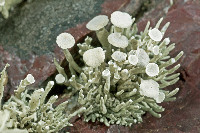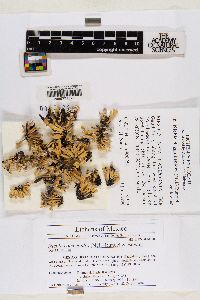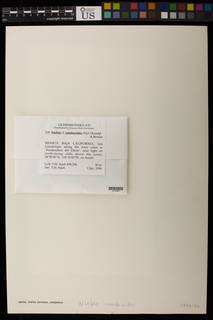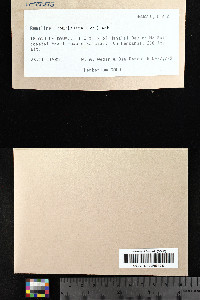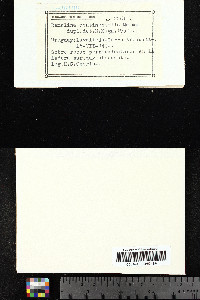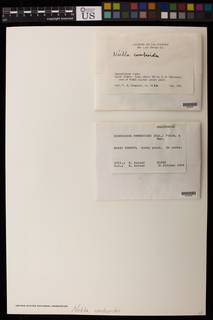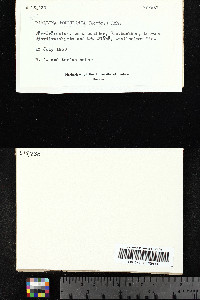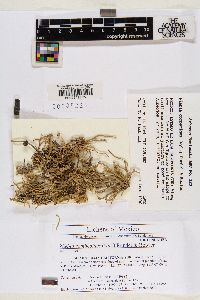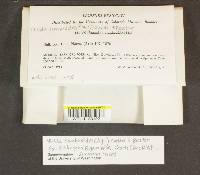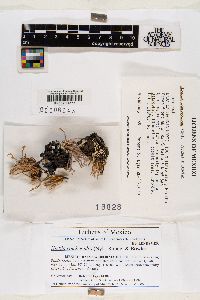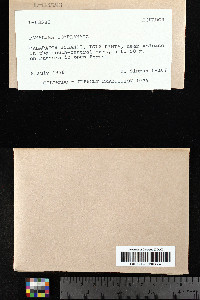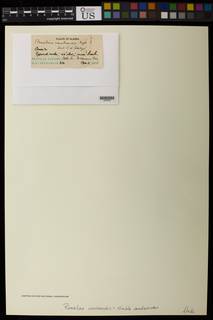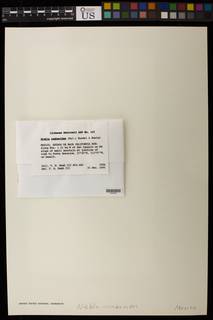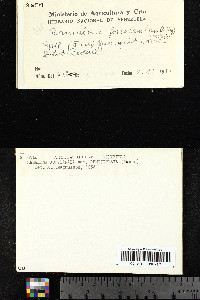
Consortium of Lichen Herbaria
- building a Global Consortium of Bryophytes and Lichens as keystones of cryptobiotic communities -
- Home
- Search
- Images
- Species Checklists
- US States: O-Z >
- US National Parks
- Central America
- South America
- US National Parks
- Southern Subpolar Region
|
|
|
|
Family: Ramalinaceae
[Desmazieria combeoides (Nyl.) Follmann & Huneck, moreNiebla combeoides (Nyl.) Rundel & Bowler, Ramalina combeoides Nyl.] |
Nash, T.H., Ryan, B.D., Gries, C., Bungartz, F., (eds.) 2004. Lichen Flora of the Greater Sonoran Desert Region. Vol 2. Thallus: fruticose, forming clumps arising from a holdfast, upright, with stubby, unbranched blades branches: subcylindrical, up to 1 mm in diam. and up to 4 cm in length (usually 1 mm or less and 3 cm or less) surface: yellow-green, becoming straminous with age, rigid and uneven cortex: rigid, cracking when bent medulla: white, cottony, hyphae adhering in two to fours, "in a triangulate lattice, gelatinized in part" (Spjut 1996) Apothecia: abundant and present on nearly all branches, primarily terminal, usually solitary but sometimes in triplets or more; up to 6 mm in diam. disc: white-gray, usually flat but may be gently concave or convex asci: clavate, 8-spored ascospores: hyaline, 1-septate, fusiform to oblong, curved, 9-13 x 3-4 µm Pycnidia: black, immersed conidia: straight, rod-shaped Spot tests: either K-, C-, KC- and P- or K+ yellow to orange, C-, KC- and P+ orange when salazinic acid is present Secondary metabolites: (-)-16α hydroxykaurane, +bourgeanic acid, +salazinic acid, zeorin, unidentified triterpenes (T4 and T5 fide Spjut, 1996), and usnic acid. Substrate and ecology: on rocks along the immediate coast within the area influenced by coastal fog World and Sonoran distribution: coastal, central California to Baja California Sur, including the Channel Islands and Guadalupe Island. Notes: Niebla combeoides is a short (usually >3 cm), stubby, rock-inhabiting species with terminal apothecia. The blades are cylindrical or subcylindrical to angular, solid, are usually unbranched, and the thallus arises as a stiff clump from a basal plate. Black pycnidia are present subterminally, and, as in other Nieblae, are more abundant along any ridges present. When dry, the blades are rigid and the cortex cracks when bent. The thallus is greenish yellow and is not black stippled. This species is readily separated from N. procera being smaller and lacking branching, from N. procera being smaller and lacking branching, from N. robusta by lacking obviously inflated, shorter and more stubby blades, and from N. polymorpha by not having crumpled, lacunose blades. This species, like several other rock Nieblae, is often blackened at its base. |
|
|
|
Powered by Symbiota

